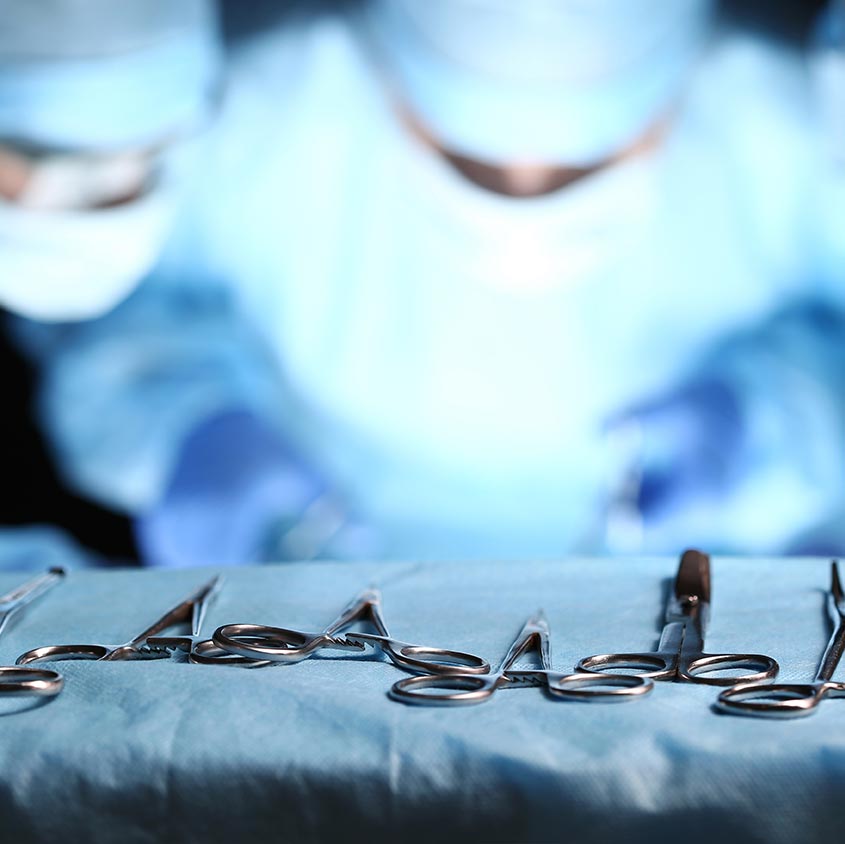When dealing with pathologies of the spinal column, it is important to differentiate between mechanical-degenerative pathologies and those which present with pain and limited vertebral function.
The mechanical-degenerative pathology, ‘back pain’, includes many pathological conditions: spondylosis, inter-apophyseal arthrosis, herniated discs, degenerative spondylolisthesis or isthmic-lysis spondylolisthesis, stenosis of the spinal column, degenerative segmental micro-instability and progressive degenerative scoliosis.
These are the most common pathologies of the spinal column. However, it is essential to point out that a causal link between one or more of these disorders and a particular patient’s clinical condition must not be taken for granted. There must always be a clear correlation between the clinical condition and the results of diagnostic imaging.
All spinal column pathologies require diagnostic-therapeutic consideration, including a future projection, in order to guarantee the best quality of life possible for the patient.

Arthrodesis + osteosynthesis by:
Other surgical procedures using the percutaneous technique: